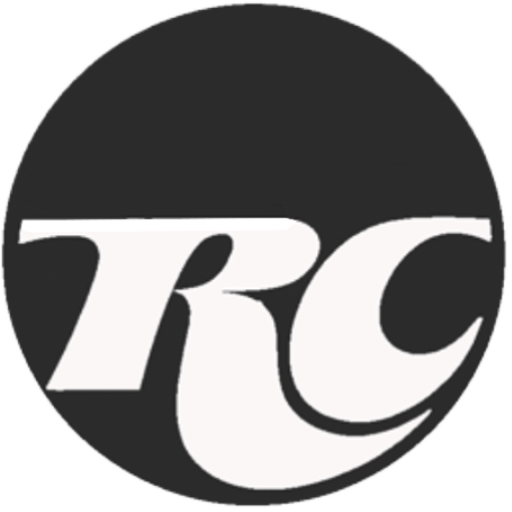You know the drill. Build a pillar page with clusters so you can start getting ranked for keywords. Hub and spoke, pillar and cluster, tomato tomato. Once the page is built you have to sit patiently and wait for Google to notice it.
In the mean time your clients hit you up with all kinds of questions, how long does it take, what does page score mean, is there anything we can do to make it rank faster?
The new SEO tools out there are great, you can learn more about your users, your competitors, and how SERP’s view your site. You can also learn about page errors, page links, page meta, page grading, page authority, page ranking, page suggestions, page recommendations, etc etc etc. the list goes on and on.
Most SEO tools offer TMI -Too much information.
SEO gurus understand only half on what these tools do, and beginners understand even less. The truth is there a few factors that help a site rank. The rest is a pretty gray. Meaning what might hurt one site might hurt the other. You really need to take many of these tools or suggestions in context, or with a grain of salt.
I recently had a client ask me about an MOZ warning on a their on page grader related to many links. If you have used this tool in the past you would know that you enter in a URL and Keyword Phrase, and it grades your page on factors that are either hurting or helping you.
We had just launched a new Pillar page, and the client, wondering how to get the page ranked faster wanted to run the page through the MOZ page grader.
The page got a 27 out of 28 that gave our page a 92 out of 100 grade. Keywords in title – Check, Keywords in Metta – Check, Keywords in Copy -check. Everything was good with the exception of one warning – Possible Keyword Stuffing.
What does keyword stuffing mean?
The keyword stuffing warning is there to let you know if you use your keyword too many times on the page. For example… I like red apples, red apples are my favorite so I went to the red apple store to get my favorite red apple.
I explained to my client that there was not much we can do about the keyword stuffing warning since it is a pillar page with over 5000 words. We were bound to use the keyword a lot in the page since that was what the page was about. Mind you it was used less than 100 times.
The client then asked me about a warning related to too many inbound and outbound links on the page.
I explained to them that these are tricky ones, and it is not really set in stone what is right or wrong.
A little history on SEO might help
I had to apologize in advance to my client for the lengthy reply, but there was no short answer. I think knowing a little of the history will help.
Keyword Ranking SEO
I told my client that in the past keywords were the way to get your site ranked.
Scammers, or black hat SEO technicians started to build websites that would hide and repeat keywords over a thousand times in a font the same color as a background. A user would think they were going to a site to purchase Airline Tickets and instead land on a page for Hair Growth Pills.
As a result, Google declared keyword stuffing was bad, and if the site didn’t have relevant content for the related keywords it would not get ranked and could get penalized. To monitor this they started to value content by the amount of links that came into the site. If a site has other websites linking to it, it must be good content… so they thought.
Are Inbound Links for SEO Bad?
Scammers then started to build farming sites, or link building sites. You might remember these, directory types in the early 2010’s. The ideas was purchase URL’s, put a little bit of content and thousands of outbound links to other sites that you would want to rank.
As a result, Google started to add page ranking to a site. It then started to add value to the links that a site received. If an inbound came from a .gov or .org, or a page that had value. The link would be worth more.
It’s still unclear how the algorithm worked as it changed almost weekly. Basically, it would look at how long a page was up, how old their content was, and how often new content was going up. It would then look at outbound links, the inbound links and give the page a Rank 1-5. 5 being the best.
Creating a Blog for SEO
This is when companies started to develop their own blogs, and write articles for other blogs. It was a way to build content around keywords and get links from other sites, with good page rank back to your site. Comments on blogs also added free content from users and became ways for users to promote their ideas and websites.
It didn’t take long for scammers to leave spam comments anywhere they could get links to their Hair Growth Sites. Companies and personal blogs started to get hundreds of spam comments a day with outbound links to bogus sites.
Do Social Share Help with SEO?
Not long after Google added social media shares as a way to add value to a page. The idea was, if people are sharing this page to their friends, it must be decent content. This is when companies all started to build their own social media pages to have an outsource to share their content. They added share buttons to their blogs to make it easy on their users.
Google then declared that if a site had too many outbound links, like directory sites or spam comments, it would penalize not only the site, but the websites it was linking to.
This meant that a site could get in trouble not only for spam comments that snuck through, but because of who was linking to it. Everyone scrambled to remove their directory pages, comments and make sure that only good sites were linking to them. It was a mess for a while.
Google’s Recent Core Updates
Just recently Google started to devalue most external links to a site, as it fazed out its Page Ranking. You could no longer get a sales page ranked because you had good links coming to it, you also had to have valuable content that kept the user engaged. This is when the Pillar and Cluster (Hub and Spoke) strategy started to improve SEO rankings for sites.
Build strong, informative pages that will keep a user engaged, have it link to other internal pages with more detail on the topics, as well as the sales pages. Use these pillar pages to push up the other cluster pages with it as it started to get ranked.
Are links good? Yes.
Can links be bad? Yes.
In our case, we had good content, written by experts in the field. Our links are going to references, or more information on the topic, which is exactly what Google says they should do. We also have pages linking to us, which are related the topics that we go over on the page.
I feel that the only reason MOZ brings it up is because we have a lot of content on that page, the more content you have the more links you have. Kind of the same with the keyword stuffing. The more content we have, the more keywords there are going to be. There is kind of know way around it.




